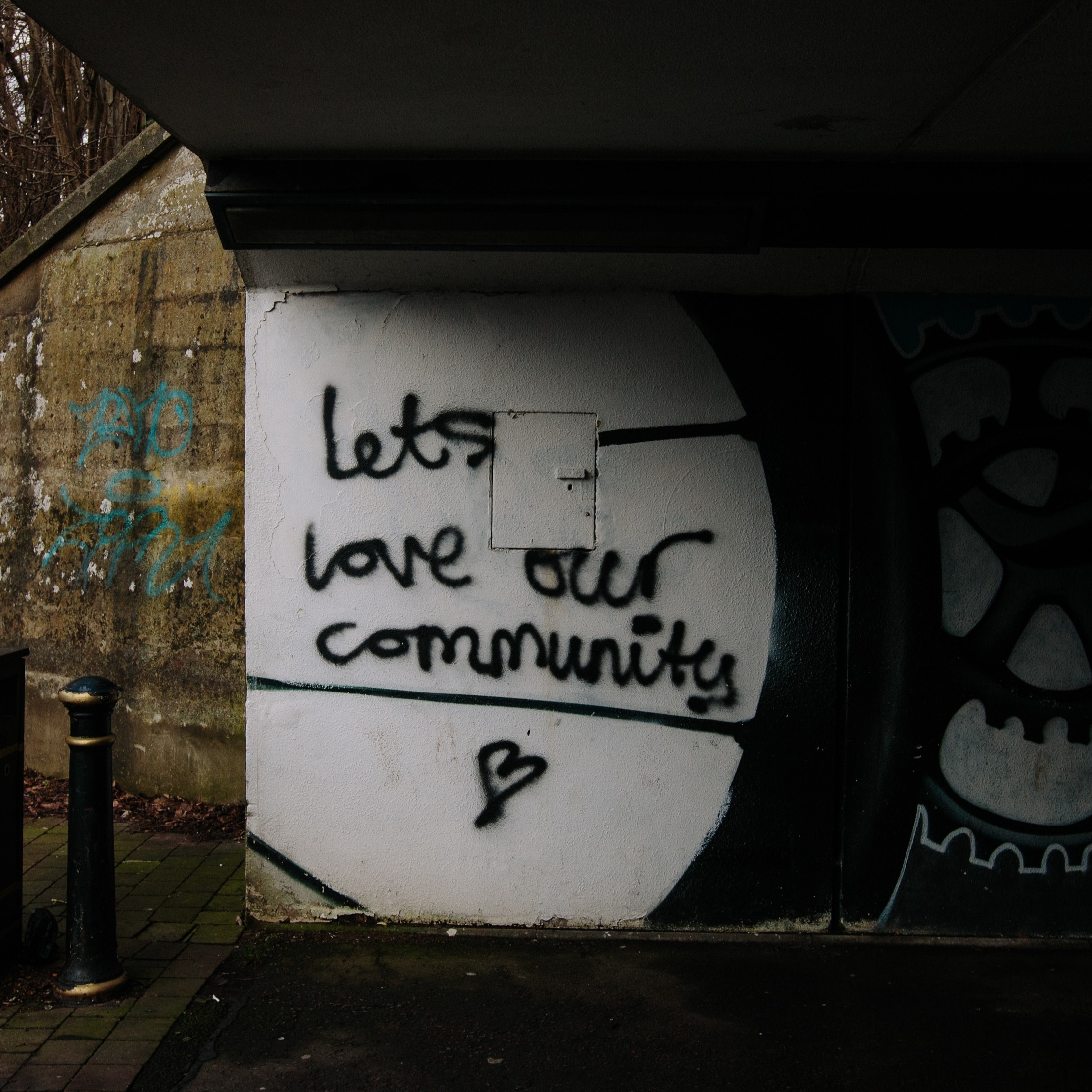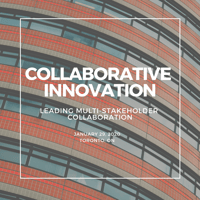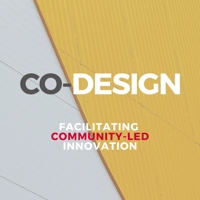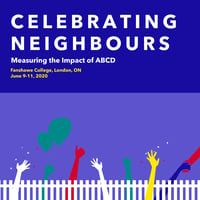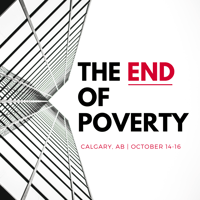Tamarack Institute | December Edition, 2019
In this Issue:
- Inverting the Power Down Under
- Five Steps for Implementing Asset-Based Community Development in Rural Communities
- Four Agendas for Leading Community Change
- Applying the Five Conditions of Collective Impact to Poverty Reduction
- Repairing Trust
- The Latest from the Field
- Upcoming Events You Won't Want to Miss
Inverting the Power Down Under
BY: MICHELLE LUCAS, JOHN DRYDEN, CHLOE MEYER, AND DAN RAWLINS
.png?width=300&name=CMM%20AUS%20(1).png)
From Kettering to Kununurra, Australians everywhere are getting organized to make real change! Over the past five years, the nation has strongly embraced placed-based collaboration, and specifically, Collective Impact.
On the ground, communities across the country are establishing citizen-led governance structures to hold the change process effectively. Initiatives such as the Greater Shepparton Lighthouse Project in Victoria are seeing a sharp rise in volunteerism, community leadership and shared commitment, as residents join hands to provide energy and growth through action cycles. Community efforts such as Logan Together in Queensland are recording measurable change for the region’s youngest children. New corporate and philanthropic funders are stepping up to invest in robust place-based responses and critically, government itself is reimagining its structure, the way it distributes funds, and the mind frames it applies to addressing social challenges.
In Australia, we are turning the power upside down; gently at first, but with undeniable momentum.
Against this busy backdrop of social effort in Australia, there is a commensurate and concurrent work stream to authentically allow the wider community into the change process as leaders and co-learners; to lift the technical barriers to participation and to change hearts and minds to build broad inclusion. This focussed work is clearly seen at scale in our island state of Tasmania, where we are purposefully addressing the symptoms of poverty as being those factors which also prohibit true community engagement in creating the change residents themselves wish to see.
In Tasmania, our work looks at the impact of trauma, literacy levels, diversity, intergenerational distrust of the system and the overwhelming intensity of the survival cycle, on community’s capacity to engage in social change. We are developing a suite of approaches to remove these as barriers to civic participation.
As a whole state we are building:
- a common and accessible language for achieving collective impact (6 Collective ed. sites state-wide)
- animations, visual maps and clear descriptions which allow broader access to the abstract concept of Collective Impact
- a rich change practice which embraces creativity through the arts to gently peel back the scar tissue of trauma and the obstacle of literacy to build true participation
- metaphors, grounded in place, providing points of connection and meaning (eg Tasmanian Aboriginal shell stringing metaphor in Connected Beginnings, Jordan River)
- a single way of describing and measuring holistic wellbeing; within communities, throughout government and across the services (eg Tasmania’s Child and Family Wellbeing Framework – Department of Communities, Collective ed., & Stronger Places: Stronger People - Burnie Works)
- filter questions designed by communities themselves to guide and inform social investment
- co-design, leadership and data literacy capacity amongst community members
- the first statutory body for place-making in the nation
- a practice where community members themselves are supported to fulfil Backbone roles, bringing with them a clarity of language and the trust of their peers
Already, in Tasmania, we are seeing an exponential increase in individual growth, in social capital and in a sense of shared responsibility. By authentically inviting residents into the work, together we are establishing resilient and informed communities and a strong civic infrastructure. We believe these foundations will hold Tasmanians in good stead to address emergent social challenge for generations.
Take Your Learning Further:
- Watch CMM Social Change's video on Collective Impact
- Explore Tamarack's Collective Impact resources
- Explore Co-Design and Community-Led Development at our upcoming workshop
Share this article:
Five Steps For Implementing Asset-Based Community Development in Rural Communities
BY: HEATHER KEAM
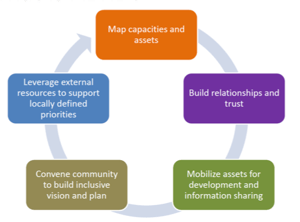 Over time, the structure and dynamics of rural communities have changed. Services have moved from local to regional, young residents are moving away, long-term residents are decreasing, and new residents are coming into the community. In the past, rural communities knew how to use the Asset-Based Community Development (ABCD) approach naturally. But with changing times, how can they focus their assets to build community?
Over time, the structure and dynamics of rural communities have changed. Services have moved from local to regional, young residents are moving away, long-term residents are decreasing, and new residents are coming into the community. In the past, rural communities knew how to use the Asset-Based Community Development (ABCD) approach naturally. But with changing times, how can they focus their assets to build community?
We recently worked with Laverne Booth, a community partner, to write a case study outlining how small, rural, and remote communities along the east shore of Kootenay Lake in BC brought residents together using an ABCD.
This project created a local framework that had 5 steps to gather the assets of the community:
- Map capacity and assets;
- Build relationships and trust;
- Mobilize assets for development and information sharing;
- Pull the community together to build a vision and plan;
- Leverage resources to support defined priorities.
The project went on a cycle of gathering info, processing the data, mobilizing the assets, building relationships with organizations and people, and then went through the cycle again. The result was the development of an asset map that consisted of connections with 415 businesses, organizations, and services, community engagement with 8 kitchen table conversations, 2 events, a video that reached 173 people, and formed partnerships and relationships.
The project is still ongoing through the cycle. They are ensuring continued communication and connections between the communities, mobilizing the plan, and developing a community conversation model.
Here are five lessons learned from the project:
- Building Partnerships: Creating partnerships with organizations, students, and residents enabled the project to gather assets, past studies, and in-depth descriptions of community-owned and operated facilities.
- What to do with the assets collected: There needs to be a plan on what to do with the assets and data. The absence of a plan means more work because the data was incomplete and had to be sanitized and reworked.
- Collaboration: Each small community tends to function on their own, often, with little awareness of what other communities are doing. To plan for the region, everyone needs to know what everyone else was doing and share the information among residents. This is an important step and helps lay the foundation for future planning and continued community engagement.
- Residents lead: Each community is unique, and volunteer organizations do most of the work done by governments or other agencies in larger centres. How each area moves ahead as a community depends on the individuals and organizations willing to volunteer.
- Thinking together: Appreciation for the towns and what it has as a regional community is an underlying principle in the ABCD process. When residents are proud of where they live, and the actions that happen in their community are community-driven, they will attract people to live there.
Using the ABCD approach in rural communities takes more time and resources because you need to go where the residents are. However, It is a useful tool for communities who want to generate growth based on the values of people and organizations in the community.
To have real, meaningful conversations with each other, reveal the gifts and assets of residents, learn to listen to different opinions, imagine the future together, leads to endearing relationships and ideas. The ABCD approach gives the opportunity for communities to imagine and define their own future, use their own assets and gifts to make change happen, and when needed, seek out agencies and institutions to support them.
Learn More:
- Read the Case Study Reimagining Rural Communities using ABCD
- Learn about ABCD Canada
- Check out ABCD at a Glance
- Save the Date for our Asset-Based Development Conference coming June 9-11 in London, ON
Share this article:
Four Agendas for Leading Community Change
BY: GALEN MACLUSKY

We at the Tamarack Institute are delighted to be hosting Russ Gaskin and Heather Equinoss from CoCreative Consulting in January 2020 to share their insights and experience with our community. Both Russ and Heather are fantastic leaders in collaborative approaches to innovation, and for many years we have referenced and drawn upon their resources and tools to guide our own work.
Through their practice across issues including community economic development, sustainability, and working with social ventures on multiple continents, CoCreative have identified four agendas that are critical to building momentum, accountability, and meaningful change within collaborative efforts. These agendas are:
- Connecting: How to build trusting connections across the many boundaries between people
- Aligning: How to align around a clear and deeply shared intent for your work together
- Learning: How to understand the larger system and the human experience within it
- Making: How to build and test tangible solutions and bring them to scale
One of the most challenging parts of community change is navigating the complexities of the change we are trying to create, the systems that can enable or block those changes, and the people that make up those systems. If you find yourself struggling with any of these issues, CoCreative’s approach and framework will be a fantastic opportunity to reflect on your own practice and learn from what has made their work successful in the past.
I am most excited for Russ and Heather to share more about how they balance and develop two viewpoints that we know are critical to collaborative efforts: developing a systemic understanding of the challenge we face, as well as ensuring that we have an empathetic view of lived experience within our community. This is a challenge that is a constant tension within the work of Community Innovation, and CoCreative’s tools have provided a wonderful way of approaching this tension. We hope that you will be able to join us for Collaborative Innovation: Facilitating Multi-Stakeholder Collaboration on January 29, 2020 to learn more.
Learn More:
- Learn More & Register for Collaborative Innovation: Facilitating Multi-Stakeholder Collaboration, presented by Tamarack and CoCreative January 29, 2020 in Toronto, ON
- Read Galen's paper Creating Fertile Soil: Catalyzing Community Innovation
- Learn More About CoCreative Consulting
Share this article:
Applying the Five Conditions of Collective Impact to Poverty Reduction
BY: ALISON HOMER
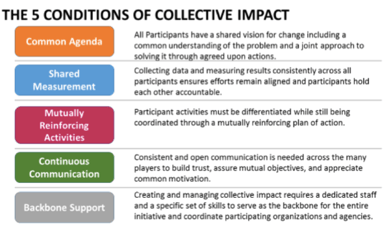
Cities Reducing Poverty (CRP) members across Canada apply Collective Impact approaches as they work to move the needle on poverty in their communities. They frame their work under five core conditions, first identified in 2011 by John Kania and Mark Kramer of FSG Consulting, that have been identified as being shared by successful Collective Impact initiatives.
These five core conditions are:
- A common agenda;
- Shared measurement;
- Mutually reinforcing activities;
- Continuous communication; and,
- Backbone support.
Dufferin County is a great example of how these conditions can be applied to poverty work.
The Dufferin County Equity Collaborative (DCEC), brought together the Dufferin County Poverty Reduction Task Force and the Central West Local Health Integration Network poverty sub-group under one Terms of Reference. Serving as the backbone for the entire initiative, DCEC has a defined organizational structure with a required set of skills, and capacity to devote both time and expertise. Co-Chairs organizations – Public Health and Dufferin County Community Services (DCCS) – provide resources on an as-needed basis to initiatives, and part-time dedicated support is available from the DCCS Policy Analyst and DC MOVES coordinator.
DCEC’s participating organizations agree both on a common definition and work towards a common goal of Equity. They are working to identify multi-level indicators to be able to consistently collect and measure results. They conducted data sharing meetings towards shared measurement to find out who had what data and to determine what could be shared, and implemented an outcomes diary to collect data from workgroup participants. This approach enables participants to appreciate their respective contributions, learn from each other, and continuously improve measures and outcomes.
DCEC’s diverse stakeholders mutually reinforce each other’s activities, with each one undertaking a specific set of activities at which they excel, and with these efforts supported by and coordinated with the activities of its partners. Knowing what each other is doing and understanding challenges and gaps has allowed the group to leverage knowledge and services, close gaps, and provide better service to residents.
DCEC engages in continuous communication by deliberately coming together for productive bi-monthly meetings for decision making across all voting members and the larger DCEC community. Partnering organizations have built trust across sectors to the point that they recognize and appreciate each one’s respective efforts, and understand that their interests will be treated fairly.
Kania and Kramer recognize that the successful application of Collective Impact as a model for social progress stems from the “heightened vigilance that comes from multiple organizations looking for resources and innovations through the same lens, the rapid learning that comes from continuous feedback loops, and the immediacy of action that comes from a unified and simultaneous response among all participants.”
The framing of Collective Impact through the lens of its five conditions has greatly supported Cities Reducing Poverty members across Canada to address the complex issue of poverty, and to create lasting solutions on a large scale.
Learn More:
- Read Collective Impact in Practice for other examples of how cities are applying these principles to their own initiatives.
- Learn more about the The Dufferin County Equity Collaborative
- Explore Tamarack's Collective Impact resources
Share this article:
Repairing Trust
BY: LIZ WEAVER
 In his ground-breaking book The Speed of Trust, Stephen Covey describes five waves of trust. The first two he tackles are self trust and relational trust. He notes that foundationally, we must trust ourselves, living with integrity and fulfilling our commitments. The second relational wave of trust is based on the principle of consistent behaviour and investing in and generating trust with others. Throughout the book Covey describes the reciprocal nature of trust, that it is about giving and receiving.
In his ground-breaking book The Speed of Trust, Stephen Covey describes five waves of trust. The first two he tackles are self trust and relational trust. He notes that foundationally, we must trust ourselves, living with integrity and fulfilling our commitments. The second relational wave of trust is based on the principle of consistent behaviour and investing in and generating trust with others. Throughout the book Covey describes the reciprocal nature of trust, that it is about giving and receiving.
Many have built on the title of the book to quote that ‘collaboration grows at the speed of trust’.
Most of us enter into collaboration with high expectations and positive views of working together. But what happens when trust breaks down? Trust breakdowns are usually connected to corrosive activities in the collaboration. These corrosive activities may include putting your own needs ahead of the needs of the group, breaking promises or violating expectations, blaming others for their actions or inactions and an inability of the collaboration to constructively confront issues that they are facing.
The challenge is that trust requires truth-telling. Trust also requires, as Covey notes, building and investing in relationships.
Most of the articles I have read identify that both parties need to engage in the process of repairing the relationship. If only one party is interested in working toward a better future, the relationship and trust between parties will continue to be challenged.
In How to Restore Trust in a Team, the author outlines the following steps. They show that it is not just adequate to acknowledge the issue, but that specific and concrete changes need to be made and follow up is required. While this article is targeted at employee team, the practices are also useful for collaborative teams.
- Acknowledge the issue: Admitting that a team has trust issues helps validate what team members are feeling. Leaders and team members who contributed to undermining trust must also take responsibility for their actions. Attempting to justify or excuse those actions will make it hard for anyone to trust them in the future.
- Get Feedback: Gathering feedback also helps to communicate to employees that their opinions and feelings are valued, which is an important step in re-establishing trust.
- Make Specific Changes: Telling people things are going to be different and then proceeding to do things the same way as before won’t do much to inspire confidence in the future. Team members need to see that clear steps are being taken to change how the team operates and how those changes will impact the way they work going forward.
- Communicate Clearly and Consistently: By communicating frequently and clearly, team members have a better sense of their role within the organization and can begin to trust that they won’t be kept in the dark on issues that impact their performance.
- Promote Accountability: When people see that all members are held equally accountable, they can begin to count on others to do what they say they’re going to do and focus more on their own responsibilities instead of worrying about what additional work they may have to do to help the team achieve its goals.
Effective collaborative efforts require the intention of both working together and investing in building trust and relationships. It also requires that collaborators confront issues when trust breaks down. Covey describes ‘trust accounts’ which are like bank accounts, we have to invest to access the dividends. This investment includes building our skill set as leaders to deal effectively with each other when trust breaks down.
Learn More:
- Join me at Turf, Trust, and Collaboration: Practical Tools for Building Trust to learn more about the role of trust in collaboration
- Read Turf, Trust, Collaboration and Collective Impact
- Read How to Restore Trust in a Team
- Read How to restore broken trust with one simple tool
Share this article:
THE LEGACY OF ONTARIO HEALTHY COMMUNITIES COALITION
By: Lorna McCue
Read the Post
IMPACT REPORTING: ACTION TO OUTCOME
By: Vibrant Communities
Read the Article
AWAKENING THE POWER OF FAMILIES & NEIGHBOURHOODS
By: Keith Dow
Read the Post
AUTHENTIC ENGAGEMENT OF PEOPLE WITH LIVED EXPERIENCE
By: Vibrant Communities
Watch the Webinar
INTRODUCTION TO COMMUNITY INNOVATION
By: Galen MacLusky
Explore the Series
3 APPROACHES THAT WORK TOGETHER TO BUILD COMMUNITY
By: Heather Keam
Read the Post
Turf, Trust, and Collaboration: Practical Tools for Building Trust
January 15 | Toronto, ON
January 16 | Hamilton, ON
Increasingly, communities are using collaboration to tackle some of their most complex issues. How can we do this effectively when we don’t build practices which engage others and build trust?
This interactive workshop focuses on the core leadership competency of trust building. Learners will walk away with ideas, tools and approaches to effectively engage diverse community partners and intentionally build trusting relationships and collaborative impact. Come prepared to share your experiences and insights in how to build trust.
Collaborative Innovation: Facilitating Multi-Stakeholder Collaboration
January 29 | Toronto, ON
Collaborative Innovation: Leading Multi-Stakeholder Collaboration is a new workshop designed for changemakers, leaders, facilitators, collective impact backbone staff, and consultants that are working on vexing problems that can only be addressed using a collaborative approach.
In partnership with our friends at CoCreative Consulting, we'll introduce the key elements of Collaborative Innovation--a process model and an integrated set of concrete tools to effectively lead powerful change with multi-stakeholder, multi-sector collaborations.
Learn More About Multi-Stakeholder Collaboration
Co-Design: Facilitating Community-Led Innovation
Marck 4-5, 2020 | Toronto, ON
How can you bring diverse members of your community together to develop creative new ideas, innovative approaches to persistent problems, and build alignment and momentum for action?
Join us for a hands-on facilitation workshop on different approaches to engage the community to innovate together, how to understand what makes these kinds of gatherings distinct, and tools that you can use to host them.
Learn More About Co-Design: Facilitating Community-Led Innovation
Asset-Based Community Development Conference - Save the Date!
June 9-11, 2020 | London, ON
In the spirit of ABCD, this workshop is open to everyone. We will learn together, enjoy a sense of community and explore the gifts we each bring to community life. Professionals working in neighbourhood development, community building and community health will find this workshop indispensable. ABCD is considered a core practice and is recognized around the world as essential knowledge for anyone working to improve their communities.
Throughout the workshop we will be guided by a number of Thought Leaders from the field who will share their experiences in building community and inspire group conversation to share our own experiences with one another.
Save the Date
The End of Poverty - Save the Date!
October 14-16, 2020 | Calgary, AB
Over our two and a half days together, you will learn from inspiring keynotes and peer leaders, take part in interactive workshops, and engage in an energizing cultural celebration. Together we will learn to:
- Reconnect your passion for helping others and energizing your community
- Understand what it takes to move from an emerging state to a sustainable community-wide initiative
- Create a large-scale common agenda and form multi-sector leadership teams for your collaborative efforts
- Harness the latest techniques for community engagement and effective communication
- Involve those who will benefit most from the change you hope to see
- How to influence the policy environment and align your work with Canada’s first poverty reduction strategy
Building Authentic Collaborative Partnerships
Date: January 14, 2020
Speakers: Mary Pickering and Liz Weaver
The Courage to Lead
Date: February 18, 2020
Speakers: Lucie Honey-Ray and Liz Weaver

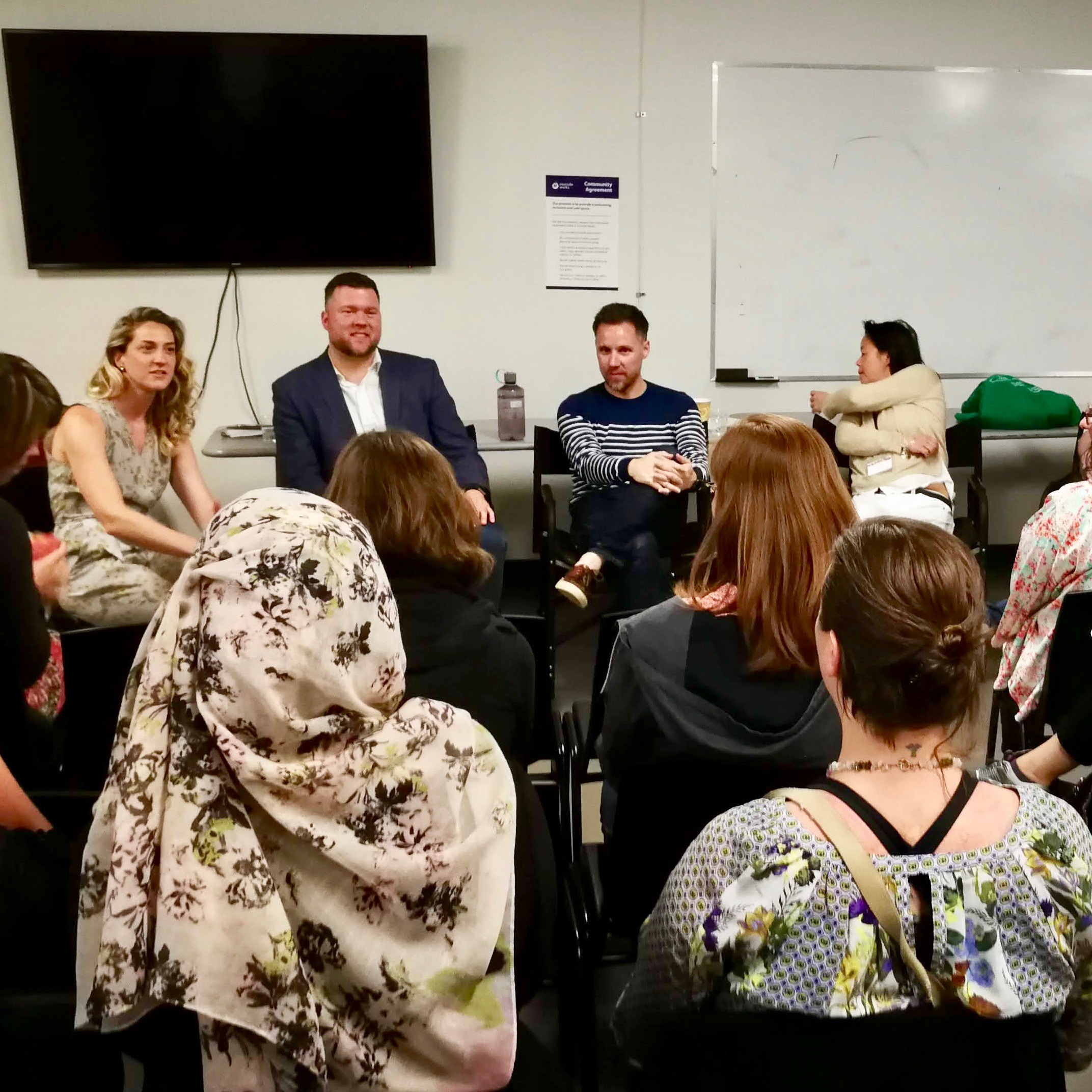
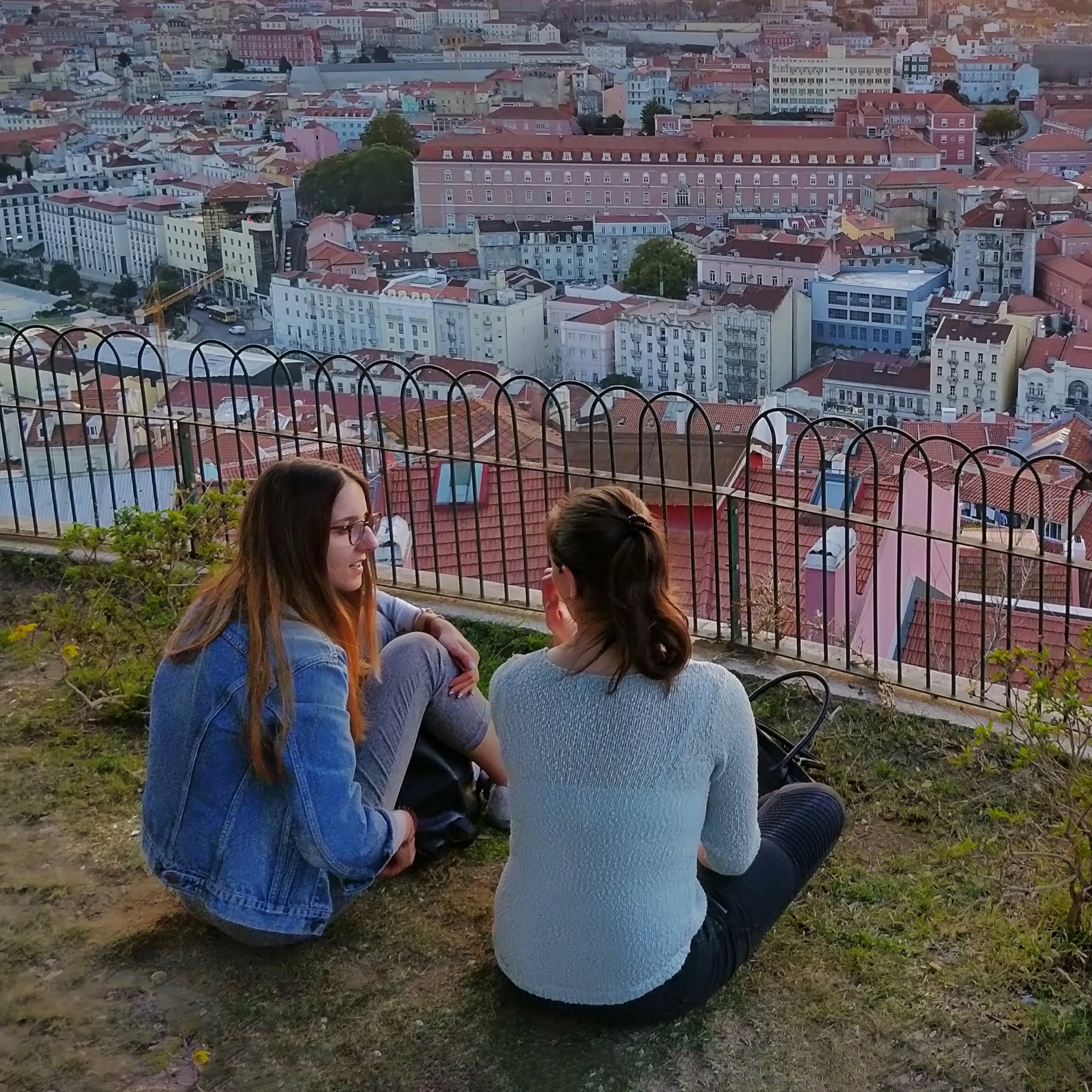
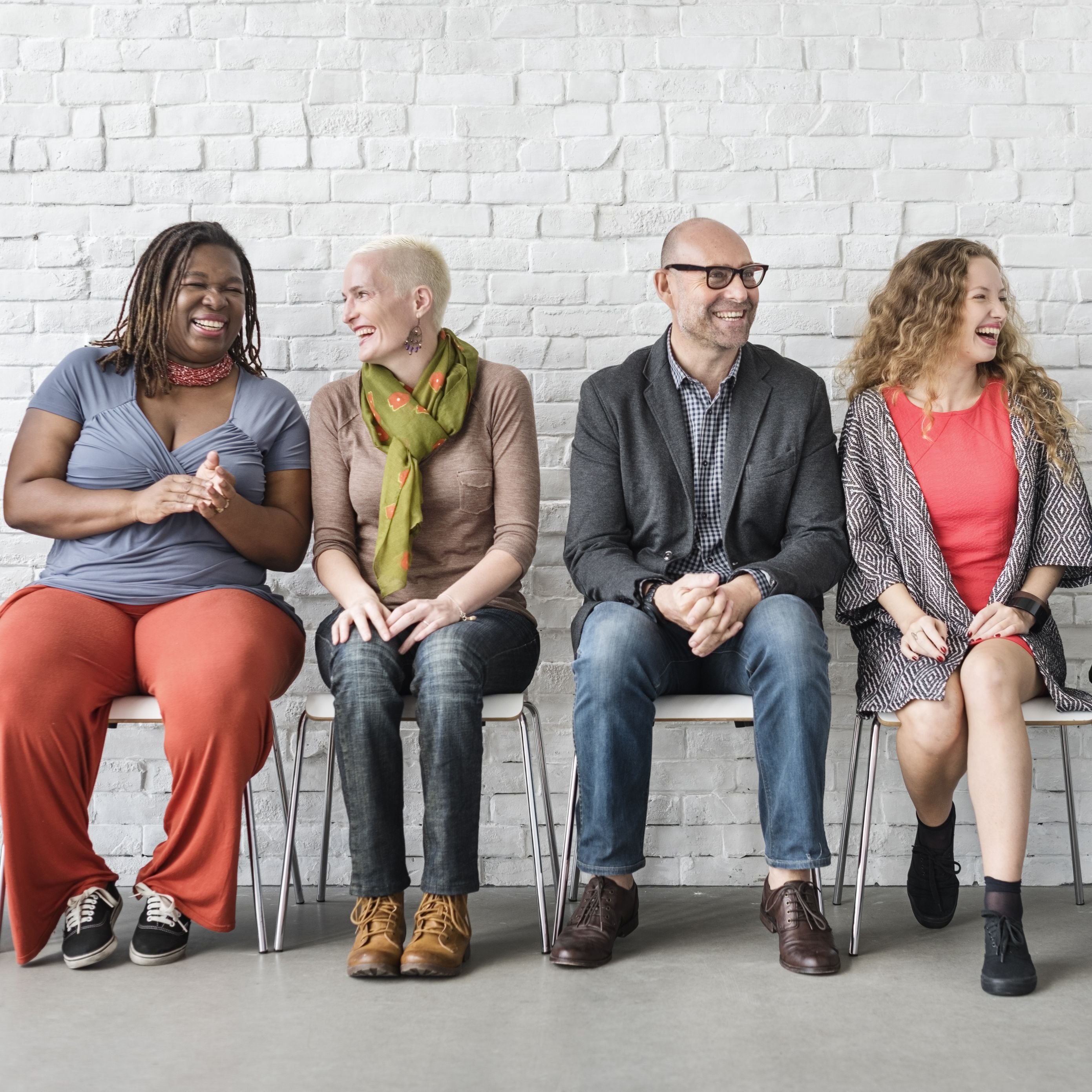
%20/2019%20Introduction%20to%20Community%20innovation%20Square-1.png?width=1080&name=2019%20Introduction%20to%20Community%20innovation%20Square-1.png)
